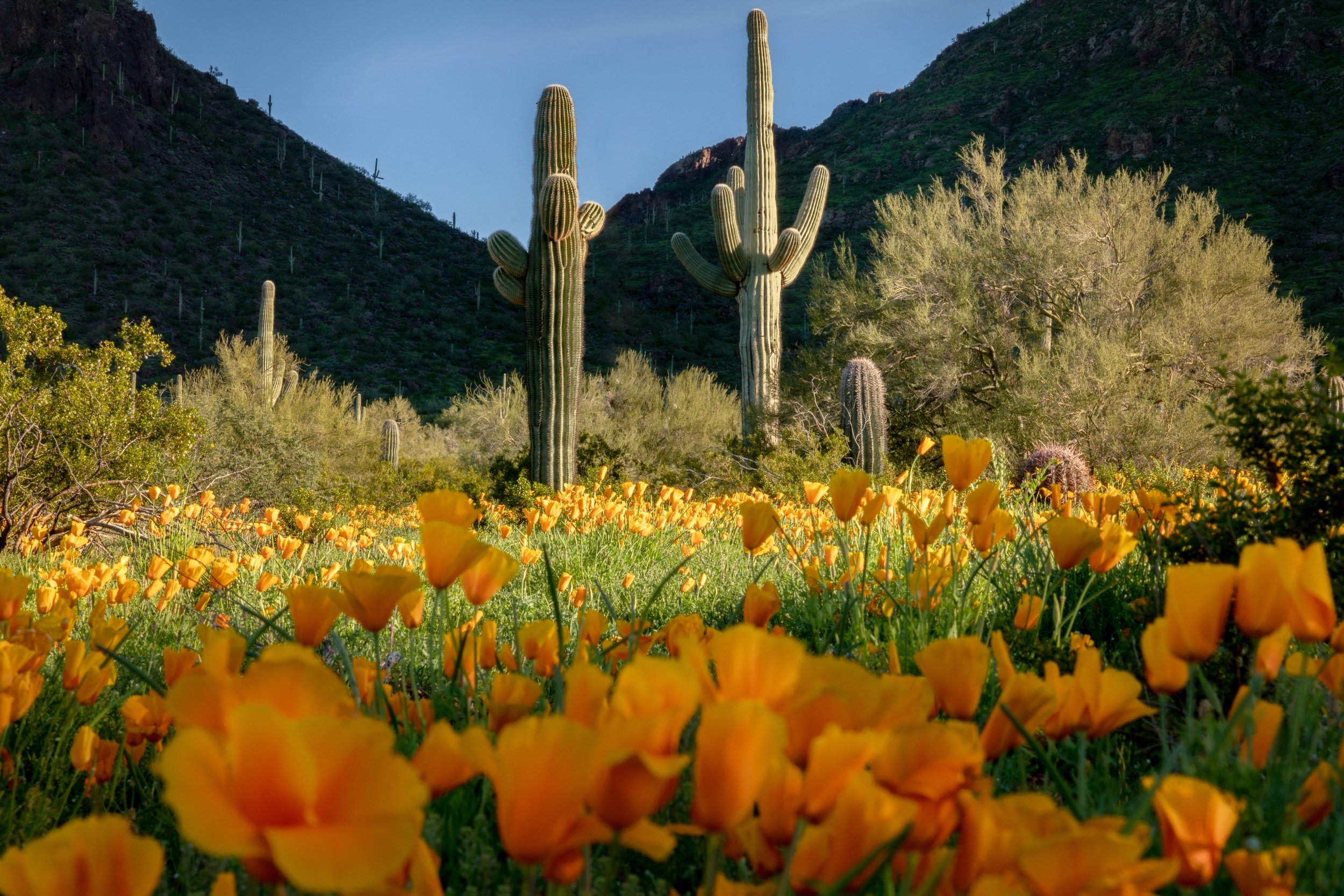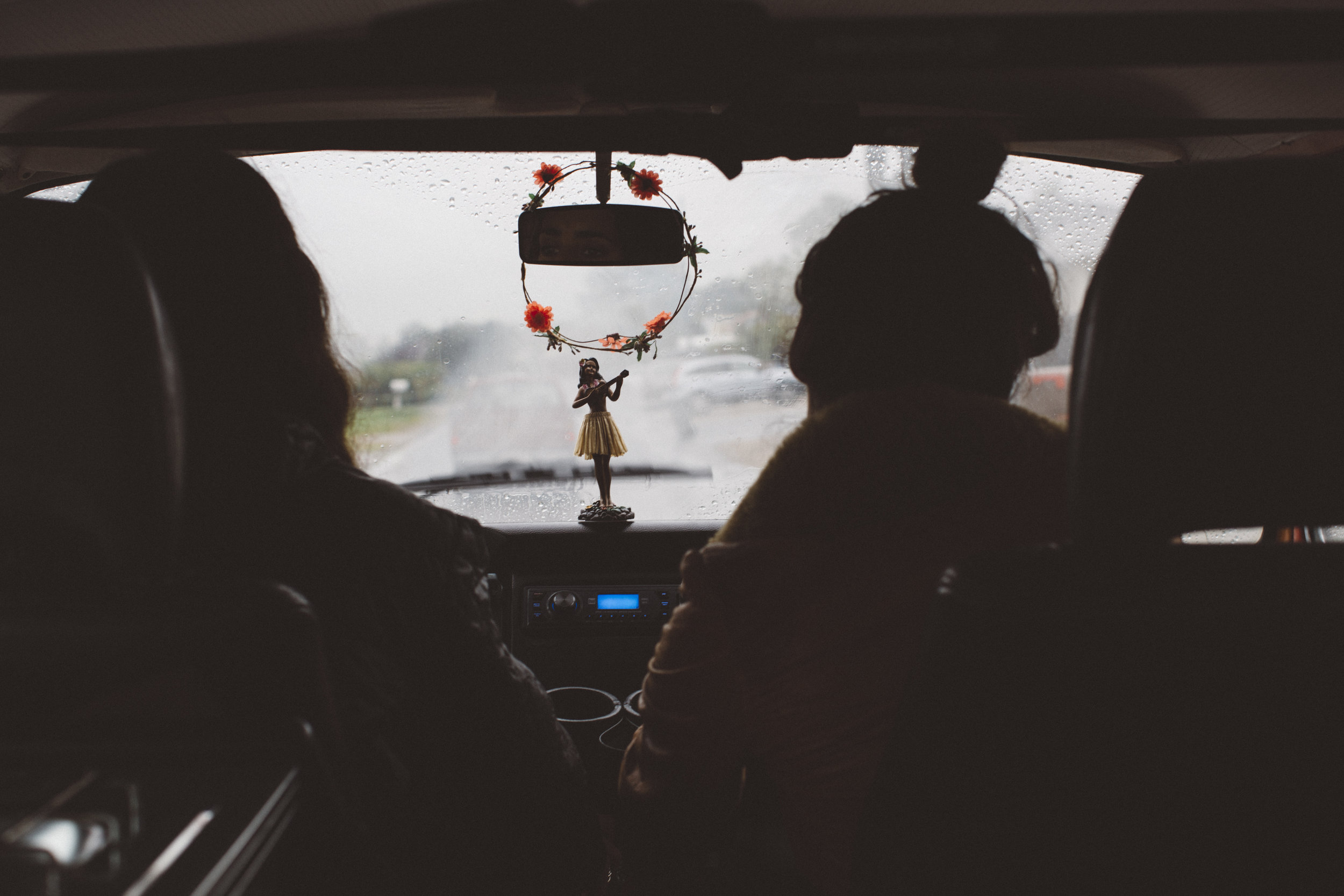Take some time to go see it!
A ‘super bloom’ is a term used to describe an exceptional abundance of wildflowers in arid or desert regions. These regions, which typically receive very little rainfall, experience a sudden explosion of color and growth after receiving a season of heavy rainfall. This rare and beautiful occurrence is a result of the perfect combination of moisture and warm temperatures, which allows the dormant seeds in the soil to come to life and bloom.
The bloom that we are currently experiencing in Anza Borrego Desert State Park has been ongoing since October of 2022. October! Crazy right? That said, I would not call this a super bloom, but rather an extraordinary bloom. The mere fact that in certain sections of the park, we have seen fields of purple since last fall is extraordinary; as in kind of out of the ordinary. Hurricane Kay came roaring through Baja California and up into our deserts back in September. That nice bit of rain initiated this whole grand event that we are currently experiencing.
These blooms are a welcome sight in regions that are usually devoid of vegetation and can have a profound impact on the local ecosystem. The influx of new plant life provides a wonderful impact on the local ecosystem. Which, interestingly enough, new bird species that normally haven’t been seen on the desert floor have been enjoying this abundant plant life. The American Robin for example. I was very surprised to see a flock close to Borrego Springs. – and to be honest with you, the last time I saw an American Robin was when I visited Beverly, Massachusetts last year in March. The Mountain Bluebird has also been all over the desert floor. This beautiful brilliant blue bird has been gracing us with their presence in various parts of the Badlands.
Superblooms are a rare and unpredictable occurrence, and it is not possible to predict with certainty when and where they will occur. That said as I drove through the park this past weekend, I observed that our mountains are literally turning green and there are little sprouts everywhere on the desert floor. – and yet to come, are the cactus blooms. I expect we will start to see these in March. Although, I’ve seen reports of Fishhook cactus blooms popping up. I have yet to see one this year and am eager to find some very soon!
Keep a close eye on the reports that the Anza Borrego Desert State Park shares. They are really good about providing an update on their social media (primarily Facebook) every Friday. You can also go to the visitor center located at 200 Palm Canyon Drive in Borrego Springs and speak to the friendly volunteers there. They can share with you where to go. The Anza Borrego Foundation State Park Store, located in the mall at 587 Palm Canyon Drive in Borrego Springs is also providing maps for visitors looking to take in some of these extraordinary blooms.
Get out there! Savor the smells, the sights, the wildlife, and the blooms. It’s a special time in the largest State Park in California right now!






